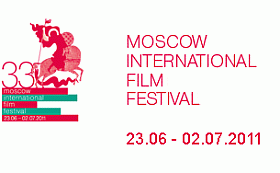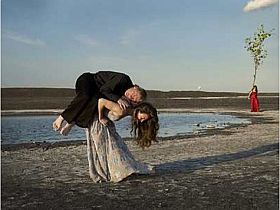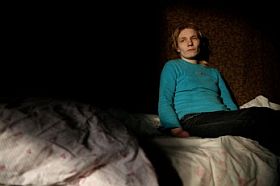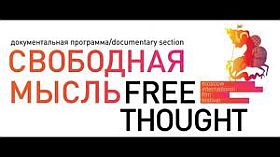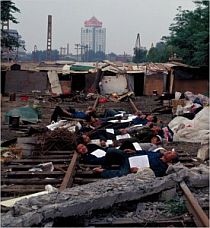British tv Channel4 broadcast a week ago a tv-documentary on what happened during the final weeks of the 25 year long civil war between the government of Sri Lanka and the Tamil Tigers. The programme was presented by the journalist Jon Snow. It is a primarily mobile phone shot documentation of horrible war crimes performed by the troops of the government. The UN has until now refused to make a further investigation into the allegations that are being brought forward. The British parliament members are to watch the documentary this week. Leading international newspapers have followed the story of the documentary. For ONE MORE DAY the film can be watched online, provided by Channel4, later on through other channels. Filmkommentaren will NOT show any photos in connection to this posting. Here follows the text behind the film from the site of Channel4, plus a link to the documentary:
With disturbing and distressing descriptions and film of executions, atrocities and the shelling of civilians the programme features devastating new video evidence of war crimes – some of the most horrific footage Channel 4 has ever broadcast.
Captured on mobile phones, both by Tamils under attack and government soldiers as war trophies, the disturbing footage shows: the extra-judicial executions of prisoners; the aftermath of targeted shelling of civilian camps; and dead female Tamil fighters who appear to have been raped or sexually assaulted, abused and murdered.
The film is made and broadcast as UN Secretary-General Ban Ki-moon faces growing criticism for refusing to launch an investigation into ‘credible
allegations’ that Sri Lankan forces committed war crimes during the closing weeks of the bloody conflict with the Tamil Tigers.
In April 2011, Ban Ki-moon published a report by a UN-appointed panel of experts, which concluded that as many as 40,000 people were killed in the final weeks of the war between the Tamil Tigers and government forces.
It called for the creation of an international mechanism to investigate alleged violations of international humanitarian law and international human rights law committed by government forces and the Tamil Tigers during that time.
This film provides powerful evidence that will lend new urgency to the panel’s call for an international inquiry to be mounted, including harrowing interviews with eye-witnesses, new photographic stills, official Sri Lankan army video footage, and satellite imagery.
Also examined in the film are some of the horrific atrocities carried out by the Tamil Tigers, who used civilians as human shields.
Channel 4 News has consistently reported on the bloody denouement of Sri Lanka’s civil war. Sri Lanka’s Killing Fields presents a further damning account of the actions of Sri Lankan forces, in a war that the government still insists was conducted with a policy of Zero Civilian Casualties.
The film raises serious questions about the consequences if the UN fails to act, not only with respect to Sri Lanka but also to future violations of international law.
You can follow the programme on Twitter using #KillingFields
Sri Lanka’s Killing Fields will be shown to MPs and parliamentary officials at a special showing in the House of Commons next week.
http://www.channel4.com/programmes/sri-lankas-killing-fields/4od#3200170



